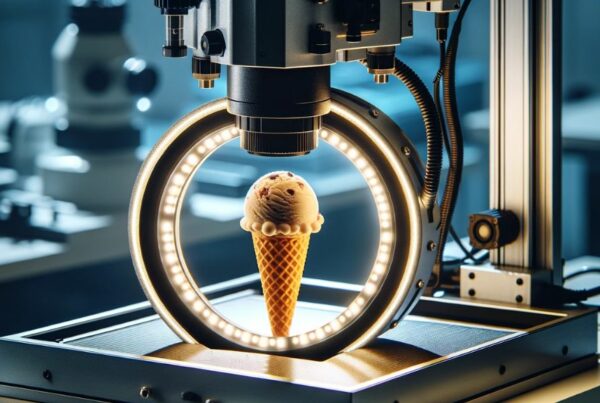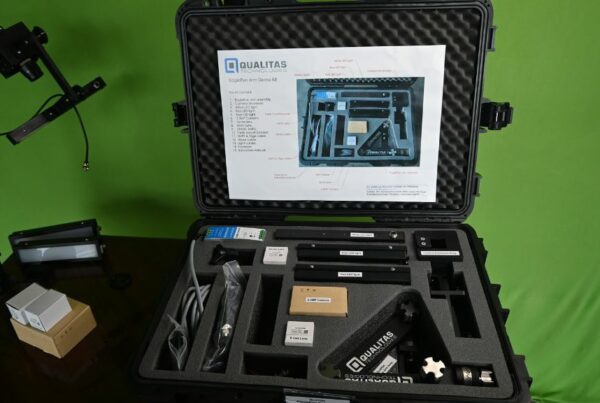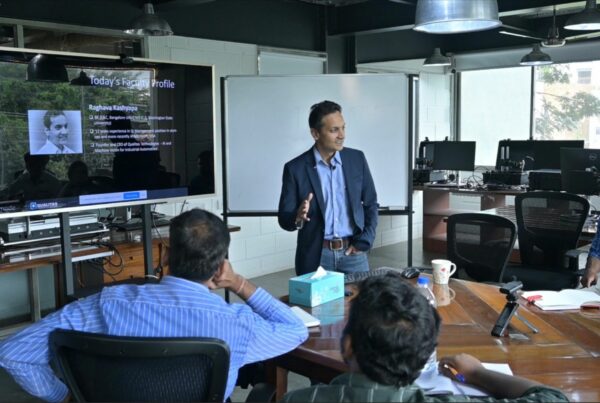
Introduction
Given the significant dependence of machine vision systems on the quality of the captured images, choosing the right kind of camera for your vision application is of paramount importance. It is because cameras are the “eyes” of a vision system and are critical to its performance.
The right kind of camera selection is a key aspect in determining the quality and realization of the vision solution. Some factors to be considered while choosing the camera include the performance of the sensor, the interface technology, image transfer, camera features, and compatibility with the desired vision application.
While commercial cameras offer good resolution and lower prices, they cannot be used in vision systems because machine vision cameras serve entirely different purposes. Some key features of a machine vision camera are:
- High shutter speed and frame rates
- Robustness and reliability
- Can be operated in harsh environments
- Long operational durations
What is an Industrial Camera?
An industrial camera is a kind of camera that is specifically made to perform under unfavorable conditions. These cameras control the production cycle, track units across the supply chain, and inspect even miniature components. They find considerable use in several applications such as science, traffic control, production, medicine, and especially in industrial automation and robotics.
Production applications generally leverage machine vision and need high-resolution images and the ability to transfer data quickly. Industrial cameras come in handy for this purpose. These industrial machine vision cameras work via the following interfaces:
- GigE Vision
- CameraLink
- CoaxPress
- FireWire
- USB 3.0
Now, the question is, why would one use expensive and complex industrial cameras instead of the widely available, cheaper alternatives. Let’s find out.
Key Differences between Regular and Industrial Cameras
Regular and industrial cameras can be compared on the following metrics:
- Reliability
Their high grade of reliability distinguishes industrial cameras from the regular alternatives. Industrial cameras commonly have sturdy housing that protects the internal mechanisms from dust, rain, humidity, etc. durable materials such as metals and reinforced plastics are used in industrial cameras. Therefore, such devices can stand non-standard and even harsh conditions. They also have much longer life cycles.
- Accuracy
Industrial cameras have much higher resolutions as compared to regular ones. On average, industrial devices can shoot images with a resolution of up to 150 MPs. Since accuracy is of vital importance in quality control operations, they use industrial cameras. Tersely, industrial cameras possess high resolution and high-quality processing capabilities.
- Operating principle
The tasks of industrial cameras are quite different from the regular ones. Thus, their design is also different. These devices use enhanced measures for mounting lenses, different kinds of additional filters, special software, and integration with industrial interfaces. The model doesn’t include common components such as a viewfinder, flash or a shutter button. They are integrated into networks via industrial interfaces. A PC and special software often carry out the operation of industrial cameras. Clearly, industrial cameras are complex equipment that requires additional parts. Therefore, its price is also much higher than the regular cameras.
What are Smart Vision Cameras?
A smart vision camera is a self-contained, standalone machine vision system with built-in image sensors in the housing of the industrial video camera. Along with the image acquisition abilities, they are also capable of extracting application-specific data from the captured images, generating event descriptions, and making decisions themselves. It is not necessarily larger than the typical industrial or surveillance camera.
Unlike the traditional industrial or commercial cameras, industrial smart cameras can decode the pictures that they capture, reducing their dependence on human perception. They have a wide range of capabilities and can accomplish relatively sophisticated automated operations. The components that make up an industrial smart camera are the following:
- Sensors
A charge-coupled device (CCD) or a complementary metal-oxide-semiconductor (CMOS) converts the lens projections into voltage sequences that can be digitized and stored.
- CPU
A CPU, or sometimes, a digital signal processor (DSP), carries out the algorithmic programs for interpreting the digital images.
- Communication interface
This technology is responsible for connecting the cameras to external devices. In this case, an Ethernet or RS232 signal carries encoded images to a computer for analysis.
- Storage
Primary and secondary memory hardware, such as Flash or RAM, is used to run CPU programs or to store images for future use.
- Lighting
A lighting or illumination apparatus is necessary for capturing clear images.
- Digitization circuit
A digitization circuit is a conversion device that maps a set of points onto images and converts them to pixels to create a digital form.
Conclusion
In this blog post, we discussed what an industrial camera is, followed by its importance and applications. Next, we understood the key differences between regular cameras and their industrial counterparts. Lastly, we delved into smart vision cameras and understood their fundamentals.





